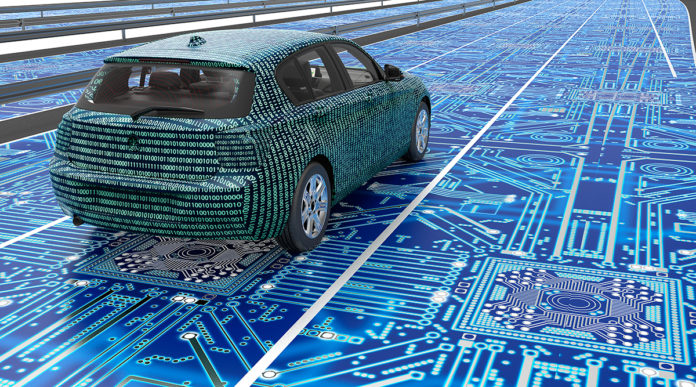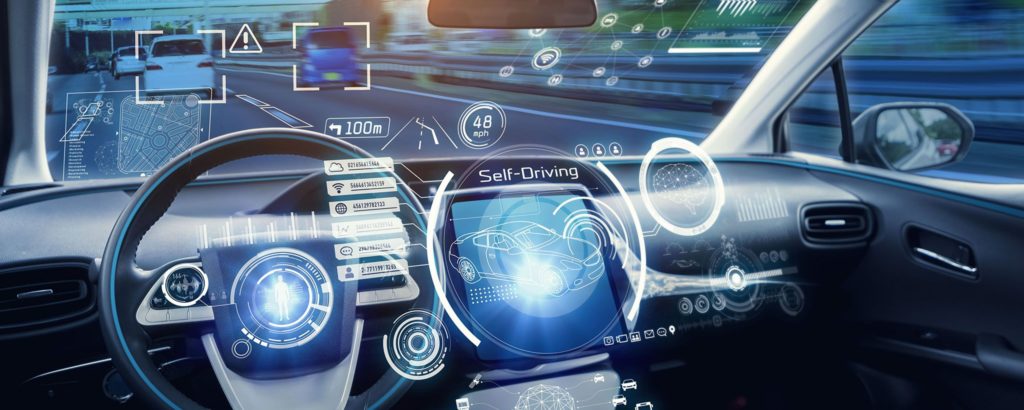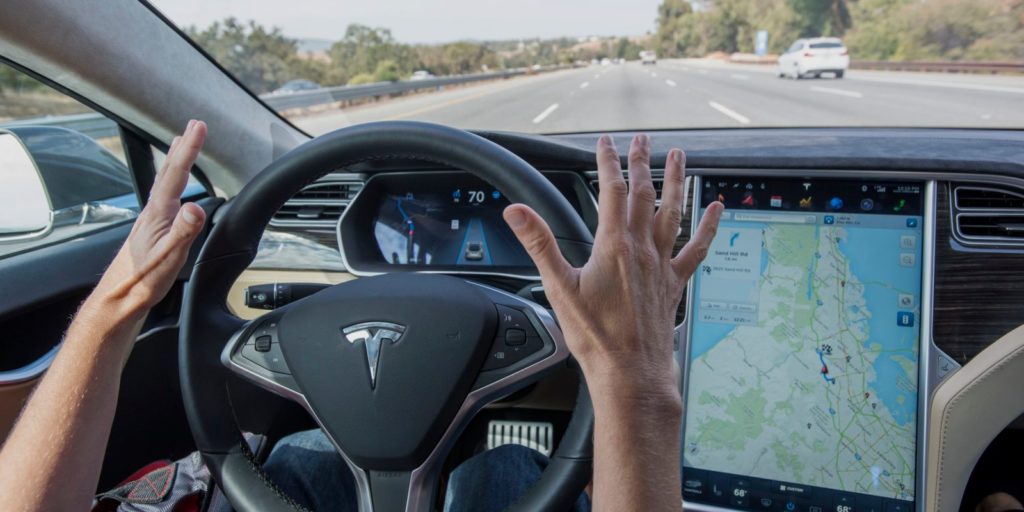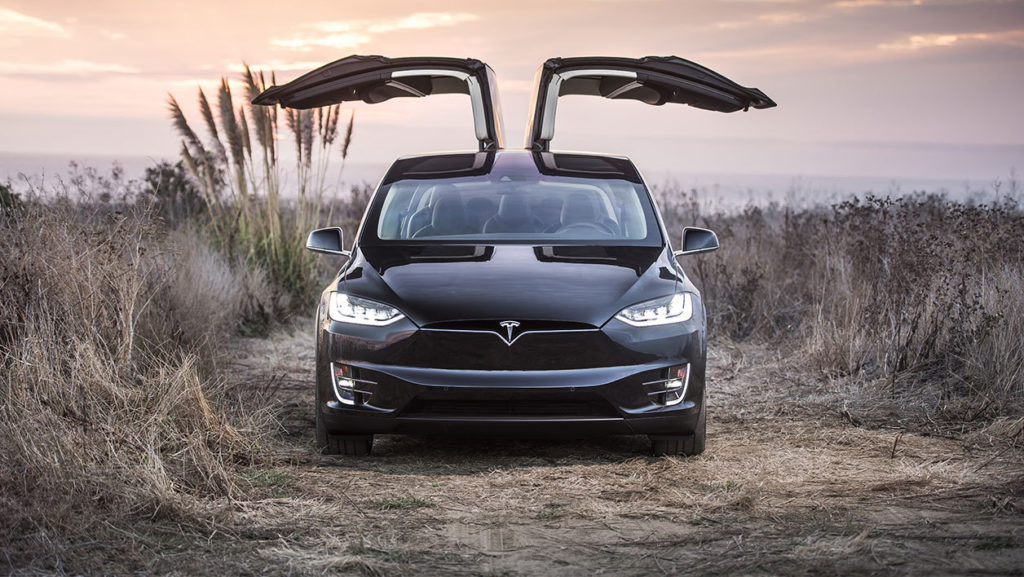
Various science-fiction films, TV shows, and books have familiarized us with the vision of a future where cars fly and drive their passengers while the people relax and idle away at hobbies and distractions. While flying cars are nowhere to be found and not foreseeable in the near future, autonomous (self-driving) cars are on the cusp of becoming part of our transport system and daily commute. Stick with us as we examine the ins-and-outs of autonomous vehicles, when we will see them, and what to expect.
A bit of history
When combustion engine cars appeared, they were considered a novelty. Dangerous metal cans moving at unrivaled speeds. However, the advantages of the cars were clear, and it was only a matter of time before they came to dominate our roadways. Furthermore, it did not take long for people to fantasize further about a time when the cars would drive themselves. That was back in the 1920s.
According to ridecell.com a century later, we still do not have fully self-driving cars, but we are incredibly close. There are about a dozen major companies working on this technology, and the hype surrounding autonomous vehicles (AVs) has reached a deafening pitch. In the past 10 years, there have been multiple major breakthroughs in this field, and the first cars of this type are already on the roads, though implementation by the general public is still a long way off.
About the technology

There is a lot of debate about what exactly “autonomous” means in the context of cars. Does a built-in artificial intelligence control the car while the passengers sleep or relax, or must a driver sit at the front and control the steering wheel while the car maneuvers itself? We may not get a definitive answer to the question anytime soon, but in the meantime, we can rely on up-to-date regulations. For example, in the United States, there are very few legislative bills stipulating how autonomous vehicles must operate, though many states are investigating the technology.
In most existing cases, the technology behind car autonomy is quite sophisticated. Cameras are at the forefront of the technology, collecting data about everything in front, behind, above, below, and to the sides of the car. This data is traditionally fed to an operating system, which also accepts data from sensors (proximity, temperature, wind, etc.) to establish relevant information about the car’s surroundings. Radar, GPS, and sonar in different combinations are also used to establish the vehicle’s location on the map and plan the future route of the vehicle. Finally, a connection to the internet is used to correlate the vehicle’s data to that of other vehicles and driving apps to make more informed decisions on the road.
Concerns

Obviously, the question of accountability for incidents on the road is a major concern for autonomous vehicles. After all, it is difficult (if not impossible) to assign blame for a calculation made by computer with solid evidence backing its decision.
At the moment, most self-driving cars being tested have a driver behind the wheel that bears responsibility for incidents, or the company responsible bears the responsibility for incidents with cars lacking any passengers. Tesla cars are a unique example of this technological trend. While they are not autonomous by default, they sometimes have an “Autopilot” mode allowing the car to steer itself, with the caveat that the driver keeps his hands on the steering wheel.
Another major concern is the level of sophistication and intelligence in current and experimental AVs. Although the technology has advanced to the point when the cars recognize practically all of the objects and occurrences on the roads, mistakes (like confusing reflections for objects) do occur, and can sometimes be fatal.
Finally, it is important to mention information security and hacking. If a car is controlled by computer software and connected to the internet, what is stopping hackers and other malicious parties from using exploits and vulnerabilities to take control of them and use them for their own means? In order to demonstrate the informational security of autonomous vehicles, their makers will need to invest in cutting-edge solutions to protect the cars from any kind of unauthorized access.
Modern examples
It is estimated that there are over 60 companies currently working on AVs, and they include:
1. Tesla

We have already mentioned that the automaker offers Autopilot technology to certain customers, but Tesla’s plans extend further. First of all, Autopilot currently has limitations regarding when and where it can be used, as well as the requirement for drivers to keep their hands on the steering wheel. In the future, we may see these restrictions removed, and see fully-autonomous Teslas on the road. The company CEO has even predicted a giant robot-taxi fleet of self-driving cars.
2. Google, Amazon, Apple

Granted, these are three different tech companies, but they share many things in common. They do not produce cars, but they all strive to provide lucrative and cutting-edge tech services. Google is no stranger to mapping and car navigations, hosting the very popular Street View and Maps services. Thus, in 2016, the company formed the subsidiary Waymo for AV development. Apple and Amazon have also been hard at work in AV development, filing multiple AV technology patents in the last decade.
3. Uber

The well-known ridesharing company began developing self-driving technology as part of its Advanced Technology Group. Though there have been several stories about Uber’s AV technology failing on several instances, testing of a preliminary model is set to begin this year, in partnership with Volvo.
Summing it up
You may not be seeing autonomous vehicles on your daily commute or any time for that matter, but it does not mean that they aren’t there. Autonomous vehicle technology is already being tested by hundreds of vehicles on the roads, and it is only a matter of time until it is perfected and becomes an acceptable form of public travel.
When the autonomous revolution finally happens, countless industries and businesses will be affected, from taxis to product deliveries to entertainment. Autonomous vehicles are just getting their engines revved up, and it will not be long until we hear them take off.














